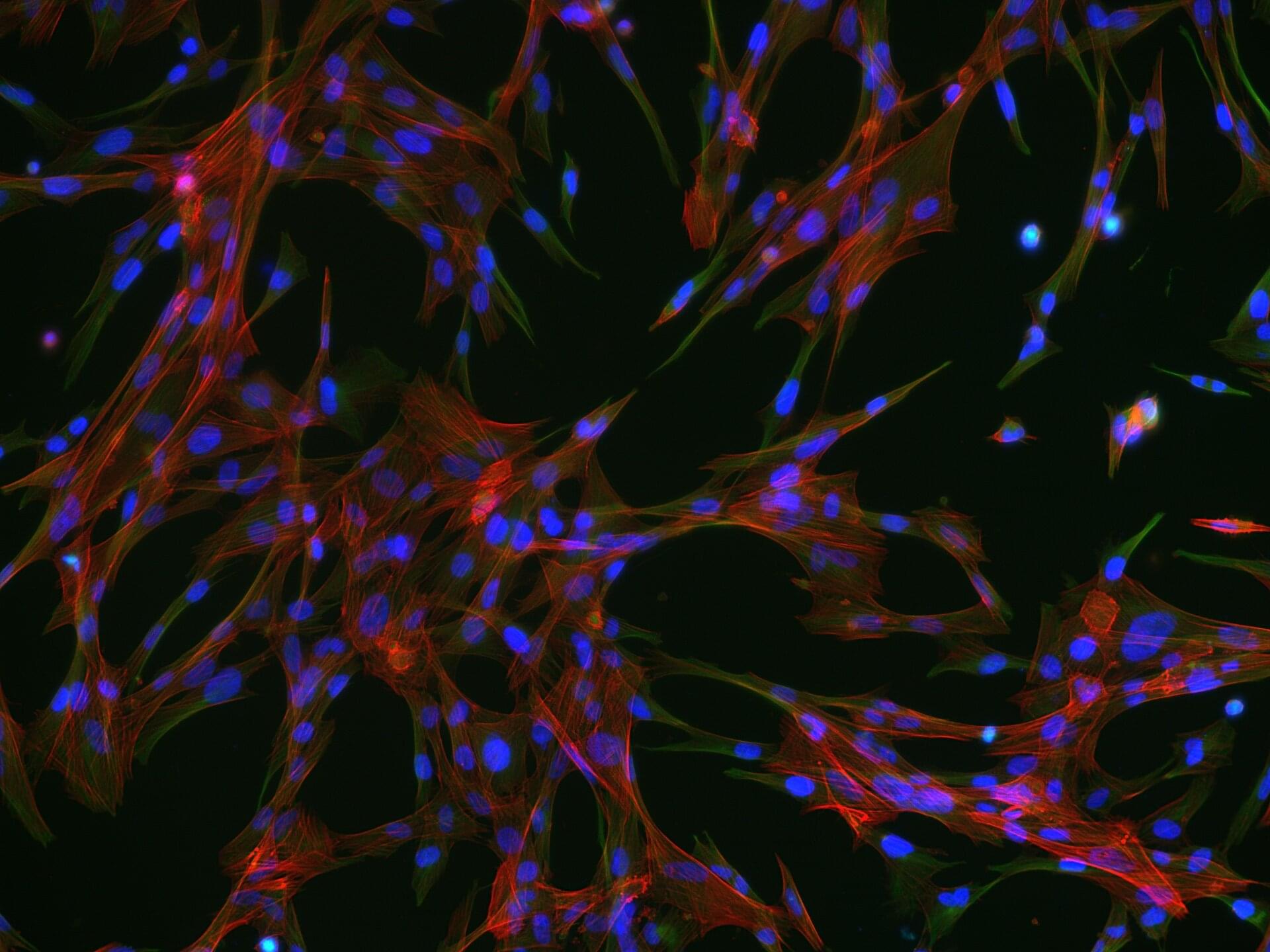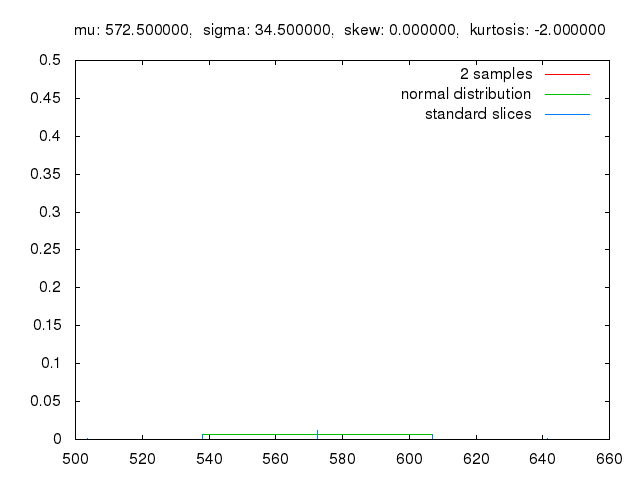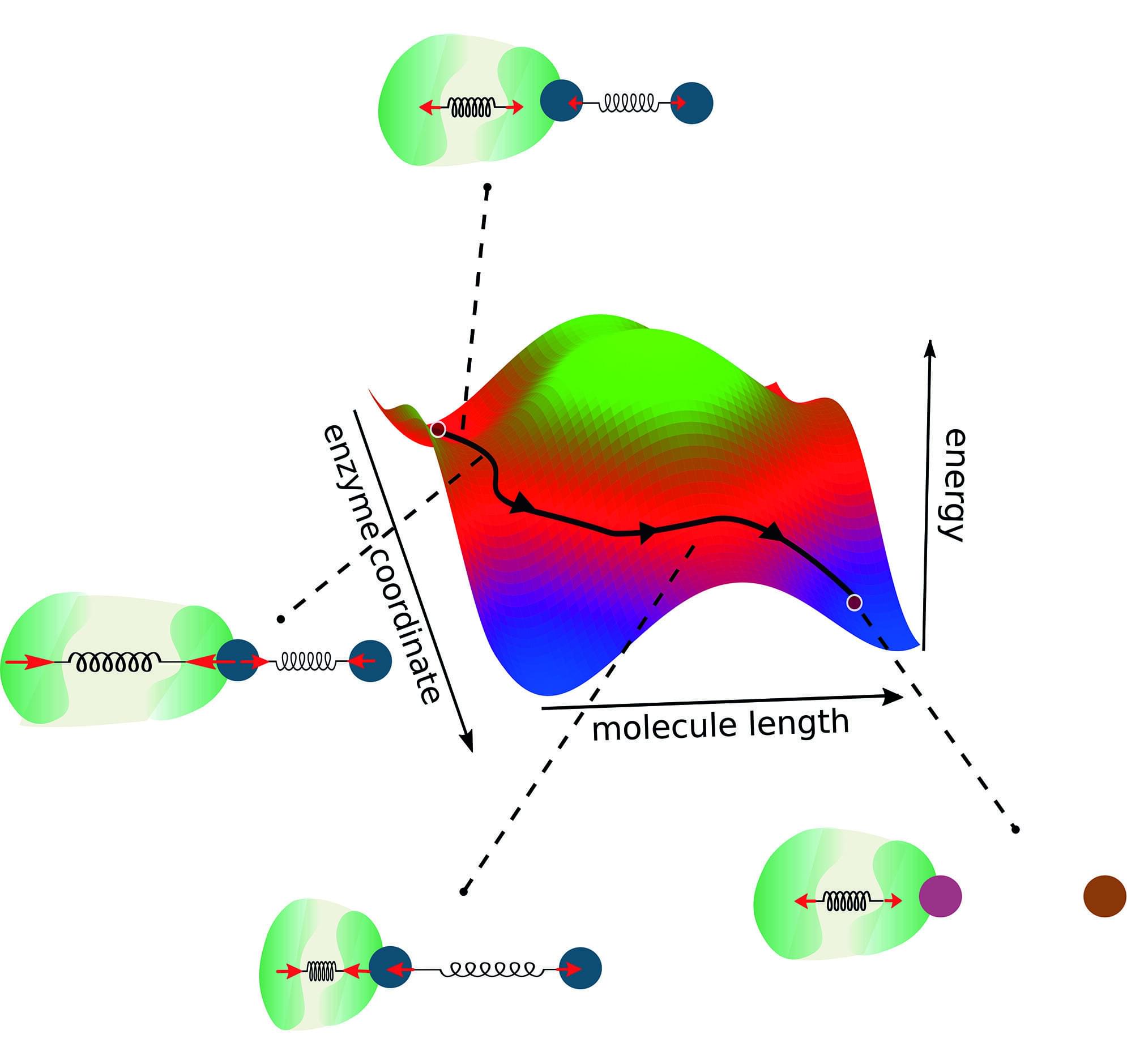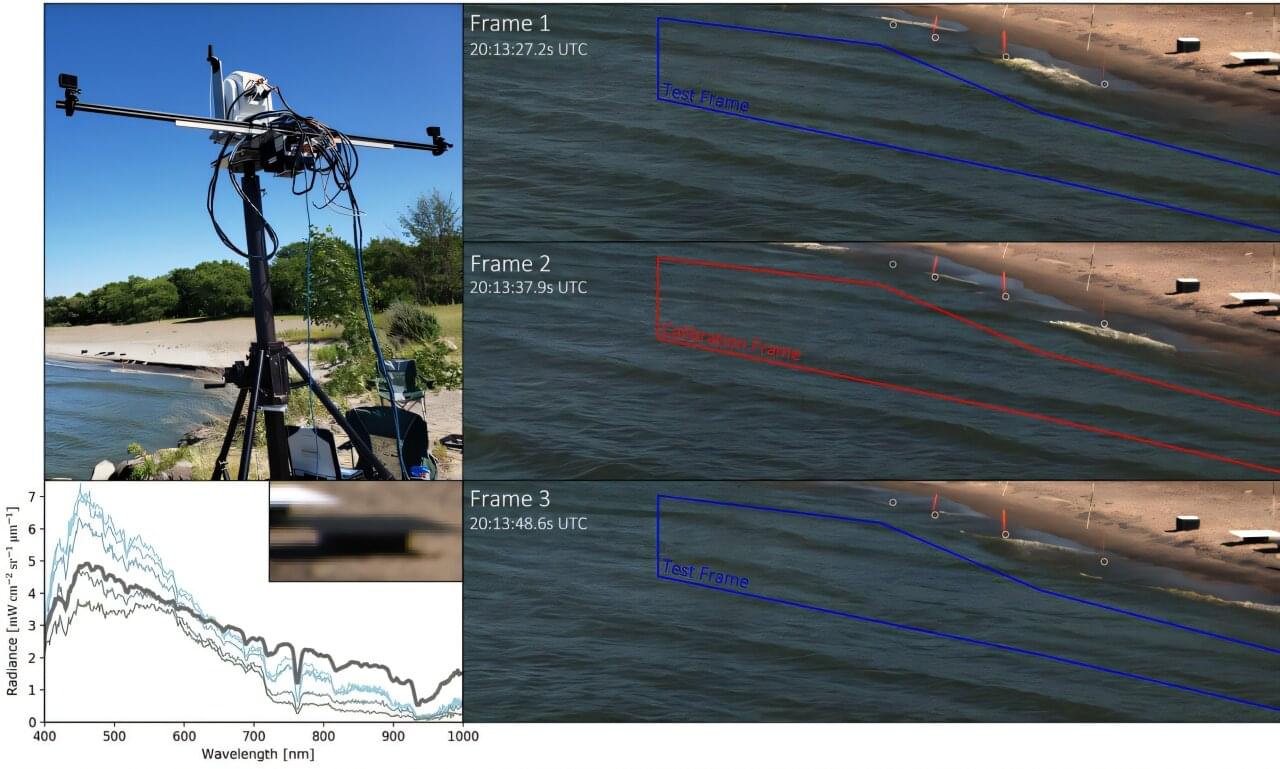A new study, led by San Diego Zoo Wildlife Alliance, Smithsonian’s National Zoo & Conservation Biology Institute, and additional researchers, offers a unique lens for understanding the unprecedented extinction crisis of native Hawaiian forest birds.
Just 17 out of approximately 60 species of the iconic honeycreeper remain, most of which are facing rapid decline due to avian malaria. The findings, published in Current Biology, include new evidence that there is still time to save the critically endangered honeycreeper ‘akeke’e—but the window is rapidly closing.
“In a race against time to save the remaining honeycreepers, necessary insights about their survival are found in their genetic makeup,” said Christopher Kyriazis, Ph.D., lead author and postdoctoral researcher from San Diego Zoo Wildlife Alliance. “Our findings provide a new understanding of the last remaining individuals as recovery efforts forge on in their native forests and in human care.”








